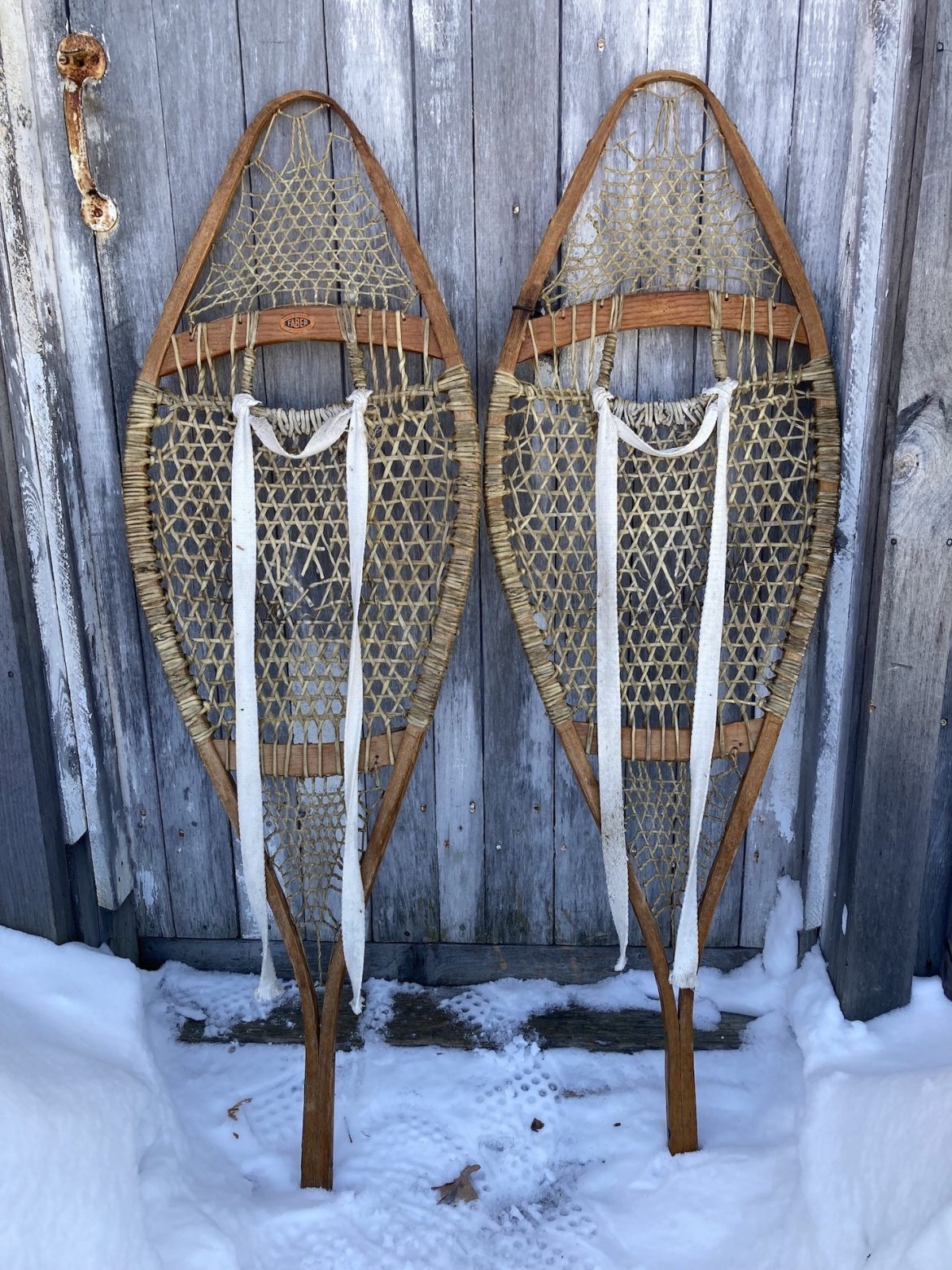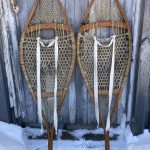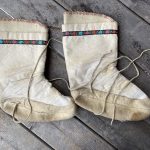
One of the consequences of Covid has been rediscovering the joys of snowshoeing. While isolated on a hundred acres of bush in eastern Ontario, with three kilometers of trails, there was never a boring day in winter, whatever the weather. And so it continues.
While snowshoeing I read the news: what animals are moving about the place, and what they are up to. Deer trails and feeding craters, coyote tracks and their occasional kills, signs of porcupines and racoons, rabbit tracks, squirrel burrows in the snow, mouse tunnels, and on rare occasions the telltale pattern of wing tips on either side of a suddenly terminated mouse trail – prey surprised by an owl.
I monitor the snow condition of my trails, whether hard-packed and firm, crusty after freezing rain, or mushy from a recent thaw. I watch for the freezing and thawing of spring-fed outflows and wet spots, and when it is safe to venture across the beaver pond as revealed by deer tracks in the snow. I marvel at the variety and beauty of the light and the snow whether it’s mild or cold, windy or calm. Sunny days bring the diamond sparkle of fresh light snow, cold winds create hard sastrugi ridges on the open fields. A prolonged thaw brings snow-fleas to the surface.
A heavy snowfall brings the drudgery of trudging through deep snow to break trail anew. I call this slow hard work “trudgery”, but it is rewarding nonetheless. Hard-packed trails in the cold make for fast going, not only for me but also for deer that use them to avoid deep snow. Sometimes I see fresh deer tracks on my own track, on a second circuit around less than an hour later.
A moderate snowfall accompanied by strong wind brings the challenge of finding the old trail across open fields. This is especially so when the flat grey light of a cloudy day obscures all highlights, including the tell-tale contours of an existing trail. Even then, knowing how far ahead to look – perhaps ten or twenty metres rather than one or two – may reveal a hint. When all visible signs are absent, the existing trail can be found by feeling for compacted snow underfoot as one goes along.
Falling snow muffles all sound. Then there is only silence. Otherwise I listen for woodpeckers and owls, for suddenly flushed grouse or bolting deer. I am far enough away from highways that there is no background hum of traffic. Headphones are the last thing I would take with me outdoors, so I am entirely away from the ceaseless din of commerce and even the distraction of background radio or music.
As the season progresses I watch for the signs of trees melting snow. A depressed ring appears around every tree trunk, deciduous or coniferous, alive or dead, because the trunk conducts heat upwards from the unfrozen ground at root level.
I can do all this just by going out the back door whenever the conditions look right, and strap on my snowshoes. I miss the days of speedskating on the Rideau Canal, and of cross-country skiing in the Gatineaus, but I don’t have to get in the car to snowshoe at home.
I miss the aesthetics of my old wood-framed gut snowshoes and my simple moosehide mukluks, now both worn out. And I miss the aesthetics of the track those old snowshoes made in fresh snow. Yet my newer tubular framed snowshoes and my hardy Canadian-made Sorels – rubber-bottomed, canvas-topped snow boots with heavy felt inners (now no longer available, unfortunately) – are perfectly serviceable.
In the silence and in solitude I can contemplate and think. Perhaps about the work that needs to be done in the bush once the snow goes, perhaps about the book I am currently writing. Come mid to late March, the season draws to an end and it’s time to move on. Walking and cycling will replace snowshoeing, and it will be time for bush work and later for gardening. And come the fall, time again for trail maintenance and preparation for the coming winter. I am blessed with sufficient health and fitness to carry on, and all is good.
Photos
 My old snowshoes. Woodframe and gut, made in Loretteville, Que., bought at auction near home, ca 1978, with lamp wick binders added.
My old snowshoes. Woodframe and gut, made in Loretteville, Que., bought at auction near home, ca 1978, with lamp wick binders added.
 My old mukluks. Moosehide and canvas with Western Arctic trim, felt inners, made at Sachs Harbour NWT, ca 1967.
My old mukluks. Moosehide and canvas with Western Arctic trim, felt inners, made at Sachs Harbour NWT, ca 1967.